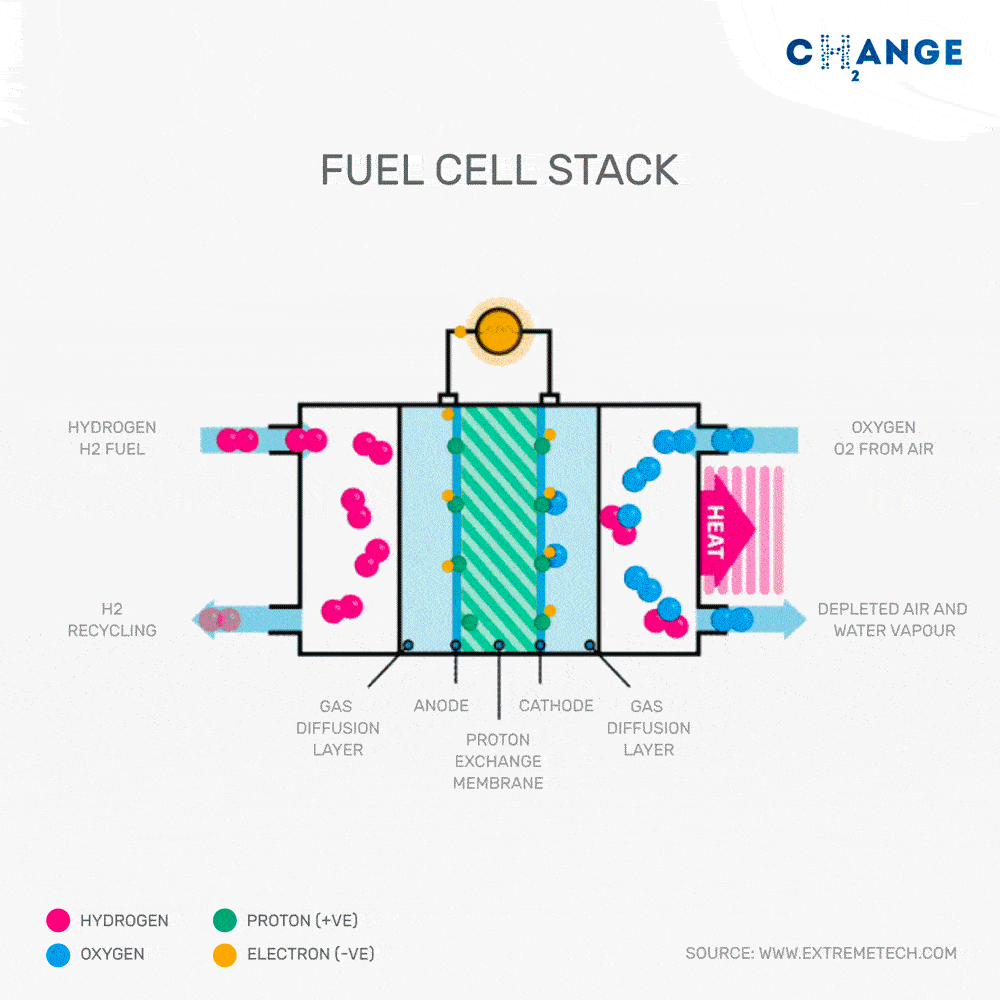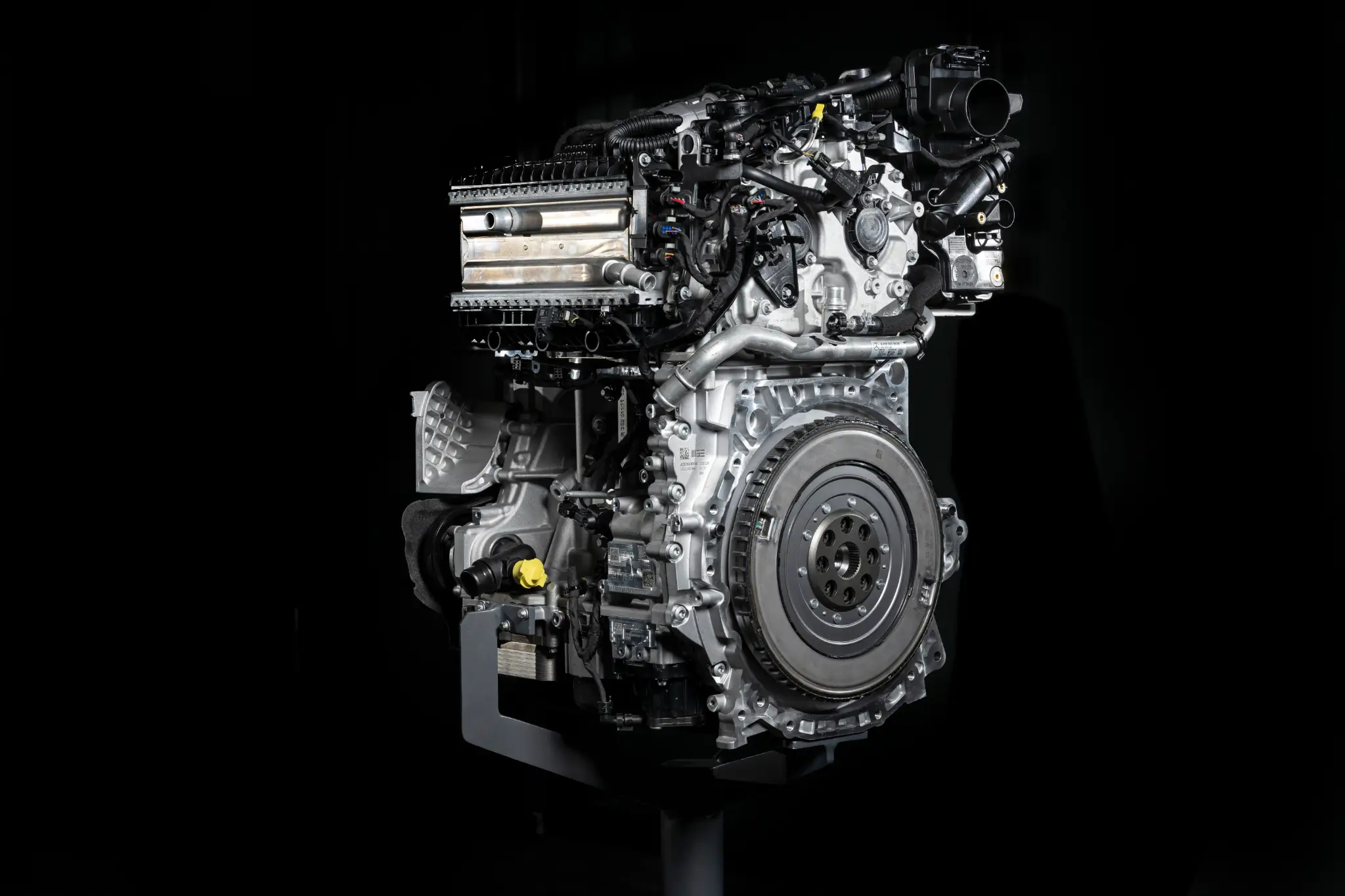TOYOTA
The Company solution for fuel cells
There are essentially three car manufacturers producing vehicles powered by fuel cells, or hydrogen fuel cells which, by performing the reverse operation of electrolysis of water (which consists of separating oxygen from hydrogen), produce the electricity that will power the engine electric. It is only necessary to fill a hydrogen tank, an operation as fast as petrol, as the fuel cell removes oxygen from the atmosphere. Among the three manufacturers that already have vehicles on the market, Toyota is the most advanced and sells more units. Still, only about 3,000 per year.
That cars of the future will be electric no one doubts, even those who are most averse to this solution. Gasoline and diesel engines will continue to exist for a few decades, but electric vehicles (EVs), which currently account for less than 2% of annual market sales, will be about 30% within 11 years. This is if manufacturers want to avoid heavy penalties for excess CO2 emissions. But if EVs are 'doomed' to be popular, there are doubts about the source of the electricity that feeds their engines.
At the moment, especially since Tesla proved that EV can be sexy, ie fast, with great autonomy and recharge in less than an hour, batteries have come to be seen as the best solution. However, they pose some problems, since they are heavy, they can be recharged quickly (but always between one hour or several), still tending to warm up during the process. As if all this were not enough, the electrolyte, inside which the positive lithium ions (for example) move between the anode and the cathode - while the electrons removed from them generate electrical energy -, tends to burn in case of leakage due to to ruptures, which can happen in case of impact, misuse or accidents.

Another, no less important limitation of batteries has to do with the need to be recharged, an operation that requires a connection to the electricity grid of each country. If this does not raise problems when talking about an electric vehicle, or a few thousand, the situation changes when one thinks of millions, which obviously forces the countries to build more power stations, or manage the charging periods, promoting when the power in the network is in surplus. The membrane, in addition to being a thinner film than the home stretch wrap film for wrapping food, also has on both sides a coating that acts as a catalyst to remove the electrons to hydrogen. There is also a diffuser to ensure that oxygen and hydrogen are evenly distributed throughout the catalytic plate.
According to Gerald Killmann, vice president of Toyota Motor Europe (TME) and responsible for research and development, Toyota's fuel cells used in Mirai, which are first generation (launched in 2014), do not present any special problems . According to Killmann, "it is complex to produce the extremely thin membrane without wrinkles and the total cost of the cells is still very high because of the noble materials used." That is, they work perfectly, but are still out of price.
Suffice it to say that in France, where Toyota sold to a Parisian taxi company a fleet of 500 Mirai, these were sold for 78,000 euros a unit, an amount that becomes slightly more acceptable if we count the 6,000 € of state aid and another 5,000 € that the capital's chamber gives to taxis non-polluting. But without the aid, Mirai is 30% above the price of a battery electric vehicle with the same size and autonomy (550 km). So what's the problem?
Given the current technology, the fuel cell needed to power a 155 hp engine still has some volume and a large number of cells, all with platinum as a catalyst. "We used platinum on a titanium support, but some people prefer steel, but then the coating has to be gold," Killmann confesses. "It's all a matter of efficiency and cost and we're happy with ours, even though we want to reduce them in the next generations," admits the coach.
To realize how easy it is to reduce costs in new technologies, just remember the production of the Prius, hybrid model whose first generation Toyota manufactured between 1997 and 2003, losing money in each unit it sold. In the second generation, the brand cut technology costs to 50% and in the third generation reduced them to about 25% of the initial value. Today the Prius is one of the most lucrative vehicles of the Japanese brand.
Another limitation usually attributed to hydrogen is not to do with its production (if it is carried out by the electrolysis of water with renewable energies, in periods when it is in surplus), but with its transport and distribution. However, the car industry is more or less in agreement that the solution goes through the production of hydrogen at the point where it is supplied to customers, thus eliminating transport. Despite refusing to come up with a date, Cerri and Killmmann have no doubt that fuel cells will quickly become an alternative. Probably already in the second generation, but certainly in the third and following. New materials are constantly emerging, and technology continues to evolve, a little like batteries, which continue to increase their energy density, making them continuously lighter and more capable.


Nenhum comentário:
Postar um comentário